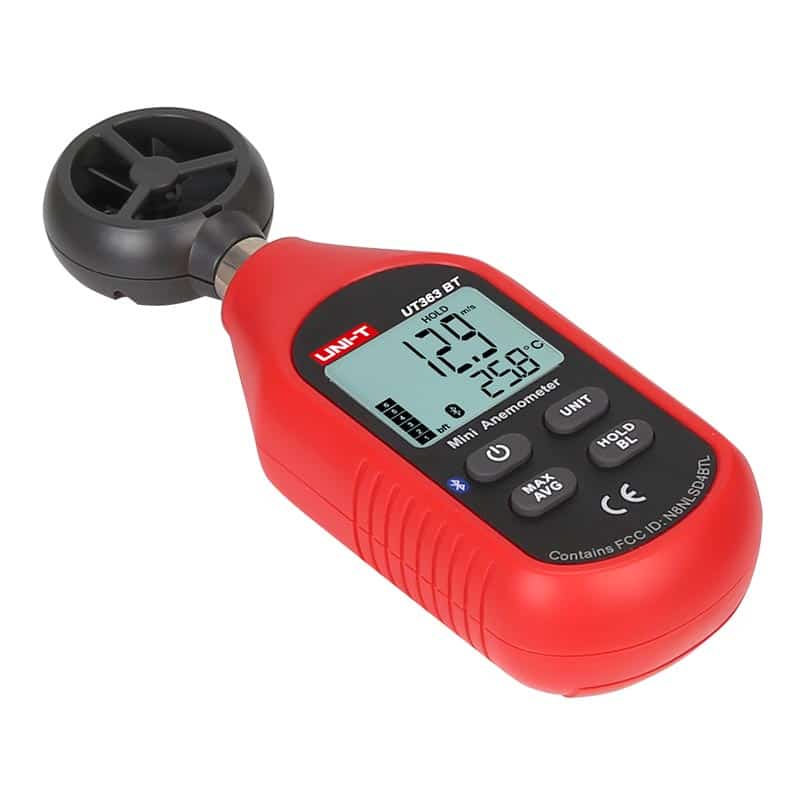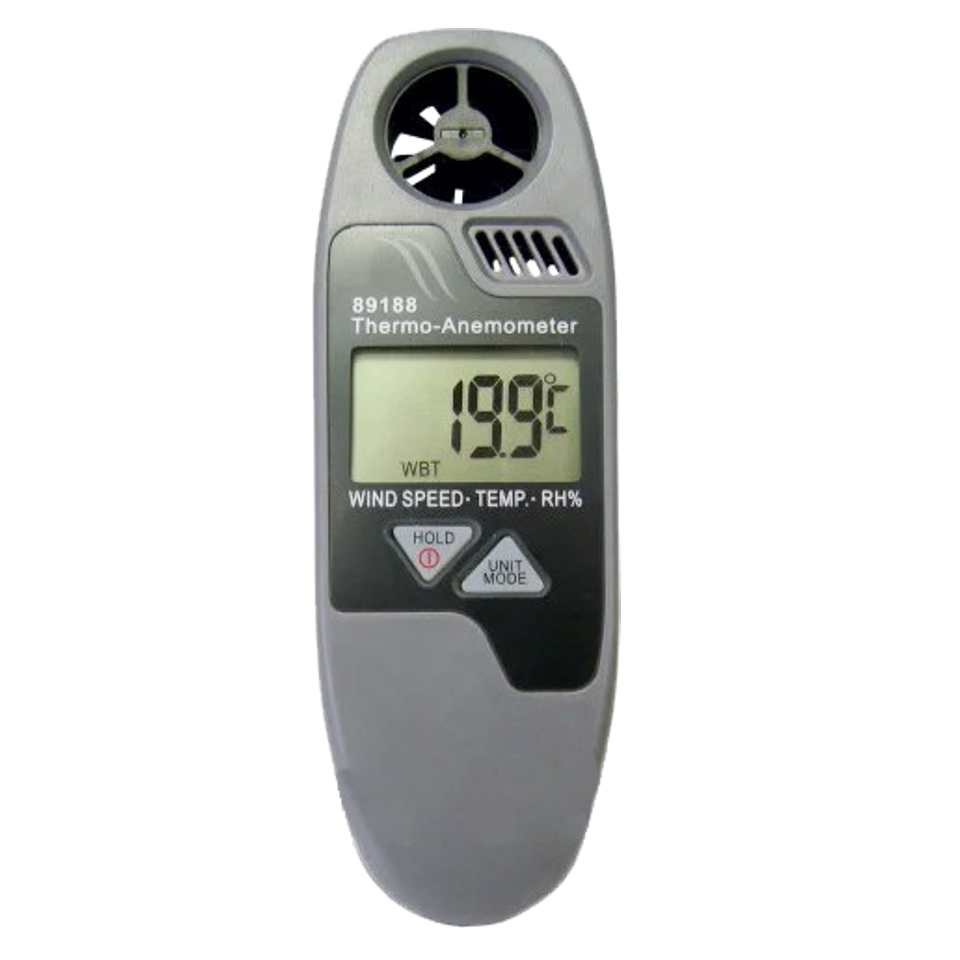Top Attributes to Seek in an Efficient Anemometer for Accurate Wind Measurement
Top Attributes to Seek in an Efficient Anemometer for Accurate Wind Measurement
Blog Article
Anemometers Unveiled: Comprehending Their Significance in Environmental Tracking and Security Measures
The role of anemometers in ecological surveillance and security actions is typically taken too lightly, yet their importance is undeniable. These tools have a lengthy background rooted in scientific questions and technological developments, progressing to become important devices in numerous fields. From meteorology to aviation safety, anemometers play an essential duty in supplying accurate data that educates decision-making procedures and improves general safety and security. Recognizing the complexities of anemometers introduces a globe of vital understandings that are basic to our understanding of the setting and the actions we take to ensure security.
History of Anemometers
The advancement of anemometers can be traced back to the ancient people where basic wind gauging devices were very first utilized. These early wind measurement tools laid the structure for the advancement of more advanced anemometers gradually. Among the earliest recognized anemometers was the hemispherical cup anemometer created by Leon Battista Alberti in the 15th century. This style contained 4 hemispherical cups that accumulated wind energy, supplying a dimension of its strength based on the speed of rotation.
In the 18th century, the renowned researcher John Thomas Romney Robinson presented the Robinson anemometer, which featured 4 hemispherical cups installed on horizontal arms that extended from a central axis. This design ended up being a requirement in meteorological measurements due to its precision and integrity. Throughout the years, advancements in modern technology resulted in the growth of even more contemporary anemometers, consisting of ultrasonic anemometers and laser Doppler anemometers, providing enhanced accuracy and efficiency in gauging wind rate and instructions. The background of anemometers showcases an exceptional trip of innovation and progression in the area of weather forecasting.
Kinds Of Anemometers
Throughout the area of meteorology, numerous types of anemometers have actually been established to accurately measure wind speed and instructions. Sonic anemometers use ultrasonic signals to measure wind rate and direction precisely. Hot-wire anemometers operate based on the principle that the cooling effect of wind on a heated cable is symmetrical to the wind speed.
Applications in Weather Forecasting
Having actually discussed the various types of anemometers made use of in meteorology for gauging wind speed and instructions, it is vital to explore their functional applications in the field. Anemometers play a critical function in weather forecasting by supplying accurate and real-time information on wind conditions (anemometer). Meteorologists make use of anemometers to monitor wind speed and direction to anticipate weather condition patterns, issue warnings for serious weather condition events like storms, hurricanes, and hurricanes, and assess climatic problems for air travel safety and security
In meteorology, anemometers help in understanding regional and neighborhood wind patterns, which are vital for anticipating weather adjustments and determining weather fads. These devices are also used in research study to examine microclimates, metropolitan heat islands, have a peek here and air contamination diffusion. In addition, anemometers are employed in farming to optimize crop administration practices, such as watering and chemical application, based on wind problems.
Value in Air Travel Security
An indispensable element of making sure air travel safety lies in the precise surveillance of wind problems making use of anemometers. Anemometers play an important role in air travel by supplying real-time information on wind rate and instructions, assisting pilots in making educated decisions throughout liftoff, touchdown, and trip. Strong and uncertain winds can significantly affect aircraft operations, making it important for aeronautics authorities to rely upon exact wind dimensions to make sure the safety and security of travelers and team.

In the dynamic setting of aviation, where even small changes in wind rate and instructions can have extensive effects, anemometers stand as important devices for promoting secure and safe flight.
Role in Environmental Study
Anemometers play an essential duty in environmental research by supplying crucial information on wind speed and instructions. By precisely gauging wind features, anemometers aid scientists examine the movement of pollutants in the air, examine the effect of commercial exhausts, and anticipate the spread of contaminants in the atmosphere.


Final Thought
To conclude, anemometers have played a critical function in environmental monitoring and safety and security measures. With an abundant history and numerous types offered, these devices have been extensively made use of in meteorology, aviation safety, and environmental research study. Comprehending the importance of anemometers is necessary for accurately determining wind rate and instructions, which is important for forecasting climate patterns, making sure safe air travel operations, and performing ecological studies - anemometer. Their contributions to these fields can not be ignored.
One of the earliest recognized anemometers was the hemispherical cup anemometer designed by Leon Battista Alberti in the 15th century. Over the years, advancements in innovation led to the advancement of even more modern anemometers, consisting of ultrasonic anemometers and laser Doppler anemometers, offering boosted precision and effectiveness in gauging wind speed and direction. Hot-wire anemometers run based on the concept that the cooling result of wind on a warmed wire is symmetrical to the wind speed. Meteorologists utilize anemometers to keep track of wind rate and direction to anticipate climate patterns, concern cautions for severe weather occasions like hurricanes, cyclones, and tornados, and analyze atmospheric conditions for air travel safety.
Understanding the value of anemometers is crucial for accurately determining wind rate and direction, which is important for forecasting weather patterns, ensuring secure air travel procedures, and carrying out ecological studies. (anemometer)
Report this page